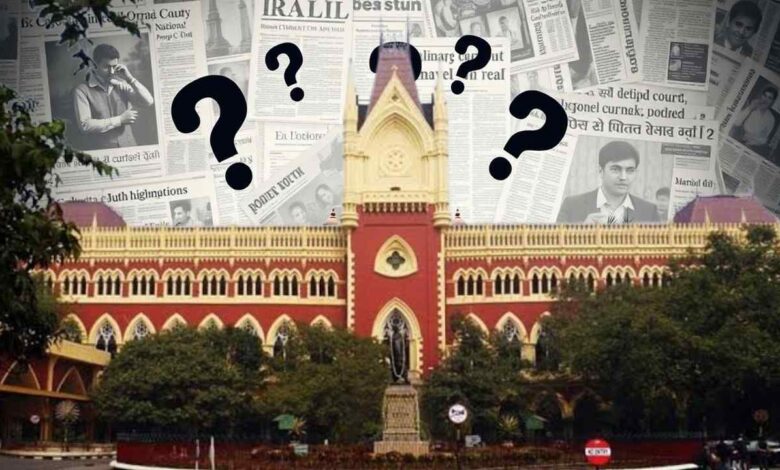32000 Teacher Case: Like the 26,000, is there a Tainted vs. Non-Tainted debate in the 32,000 Case? Know the Real Story

32000 Teacher Case: Recently, the Supreme Court upheld the Calcutta High Court’s decision to cancel the entire 2016 SSC panel, affecting nearly 26,000 jobs. According to the apex court, the recruitment process was so riddled with corruption that it is practically impossible to separate the eligible from the ineligible candidates. In the wake of this verdict, new questions are arising about the case involving the cancellation of 32,000 primary teacher jobs. Is the context of the two cases the same? Is a debate over ‘tainted’ and ‘non-tainted’ candidates also beginning in the primary case, similar to the SSC one? Let’s explore the key differences between the two cases and the High Court’s reasoning.
The Supreme Court’s Reasoning for Cancelling 26,000 SSC Jobs
The reason the Supreme Court supported the Calcutta High Court’s decision to cancel 26,000 jobs is based on clear and proven corruption. This was not merely a procedural error but, in simple terms, a “recruitment scam.”
- OMR Sheet Manipulation: Thousands of OMR sheets or answer scripts were tampered with.
- Rank Jumping: Candidates with lower marks were given higher ranks to secure jobs.
- Appointments Outside the Panel: Many individuals received appointments despite not being on the official panel.
- Destruction of Evidence: The SSC authorities themselves destroyed crucial information that could have helped prove the corruption.
In this context, the Supreme Court’s observation is crystal clear: when corruption permeates every level of a system, it is impossible to distinguish who is eligible and who is not. Therefore, there was no other option but to cancel the entire panel. Here, the whole process was viewed as an organized crime.
The Controversy and the High Court’s Logic in the 32,000 Primary Teacher Case
On the other hand, the basis for the case concerning the cancellation of 32,000 primary teacher jobs is somewhat different from the SSC case. The primary issues highlighted in Justice Abhijit Gangopadhyay’s verdict and the Division Bench’s observations are related to procedural flaws in the recruitment process.
Get Instant News Updates!
Join on Telegram- Absence of Aptitude Test: According to teacher recruitment rules, an aptitude test to assess the teaching skills of the candidates is mandatory alongside the interview. However, this rule was not followed in the 32,000 recruitment process.
- Lack of Transparency: The interview process was not video-graphed, raising significant questions about transparency. There is no proof of who was awarded marks and on what basis.
This is where the debate has ignited. A section of the teachers who lost their jobs argues that the failure to conduct an aptitude test was a procedural mistake by the board. For this, not all candidates can be termed “ineligible.” What is the fault of those who secured the job after passing the TET and having a good academic score?
The Key Differences and the Ongoing Debate
This is the fundamental difference between the SSC and the Primary cases.
| Aspect | SSC 26,000 Job Cancellation Case | Primary 32,000 Job Cancellation Case |
|---|---|---|
| Nature of Allegation | Proven corruption and organized crime (OMR Scam, Rank Jumping) | Serious procedural flaws (No Aptitude Test, Lack of Transparency) |
| Court’s Perspective | The entire process is considered a “Scam.” | The legality of the recruitment process itself is questioned. |
| “Tainted vs. Non-Tainted” Debate | This debate was not given weight due to the scale of corruption. | This is the biggest point of contention in the case and is still under judicial review. |
The primary case is still awaiting a final resolution. The court is examining whether it is reasonable to cancel so many jobs merely due to procedural errors and whether there is any way to separate the eligible from the ineligible candidates.
Therefore, in short, the contexts of the two cases are not the same. In the SSC case, the evidence of corruption was so clear that there was no alternative to cancelling the panel. However, in the primary case, the fight is mainly between “procedural flaws” versus “genuine merit.” The future of the 32,000 teachers will become clear only at the end of this legal battle.

